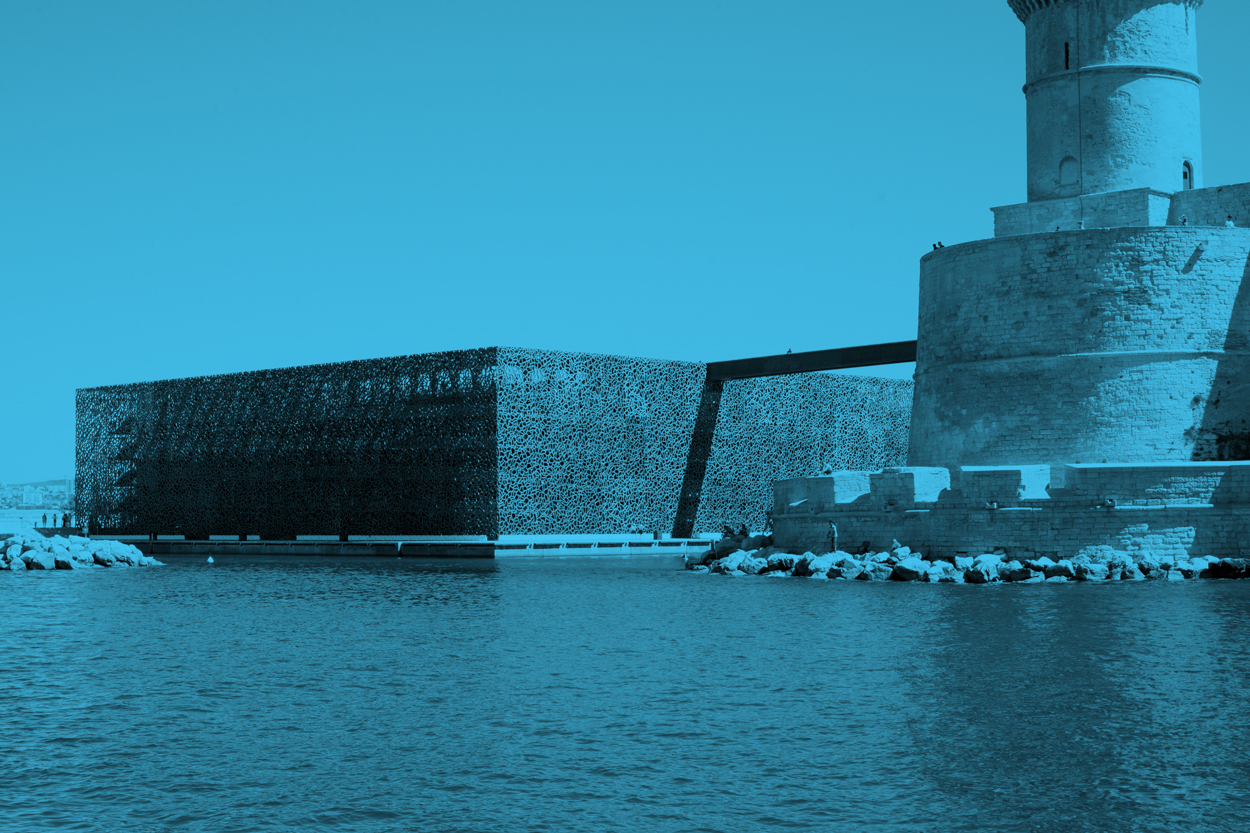
Are the Mucem and the Fort Saint-Jean the same thing?
The Fort Saint-Jean is an integral part of the Mucem.
Connected to the contemporary building designed by architect Rudy Rucciotti via a 115 m long bridge, the fort hosts exhibitions all year round and, on sunny days, outdoor cultural activities (performances, big screen projections, concerts, festivals and more). It also offers a walkway through a Mediterranean garden, a restaurant and a book shop.
Free access to the beautifully arranged outdoor areas allows guests to stroll and appropriate the fort for themselves, as a real living space.
The second bridge, measuring 70 m long and connecting the fort to the Panier district, provides continuity to the urban, tourist path between the oldest part of the city and the new J4 district. Thanks to its geographic location and its history, the Fort Saint-Jean is a real point of confluence between the city and the museum, history and its contemporary setting.
The Fort Saint-Jean is a military complex that is inseparable from the history of Marseille. Although its foundations date back to the 12th century, the fort was only built in the location of the former commandery of St. John of Jerusalem during the 17th century, when Louis XIV decided to reinforce the city’s defences. The fort was then used for military purposes for more than three centuries. While serving as a depot for German munitions during the war, it was severely damaged by an accidental explosion in 1944. Listed as a historical monument in 1964, it was placed under the supervision of the Ministry of Culture. In 2010, restoration work began for the opening of the Mucem.
The Fort Saint-Jean is also home to the Mediterranean Institute for Heritage Professions (I2MP), a vocational training centre for heritage trades.
Julie Basquin, Head of the Communications Department